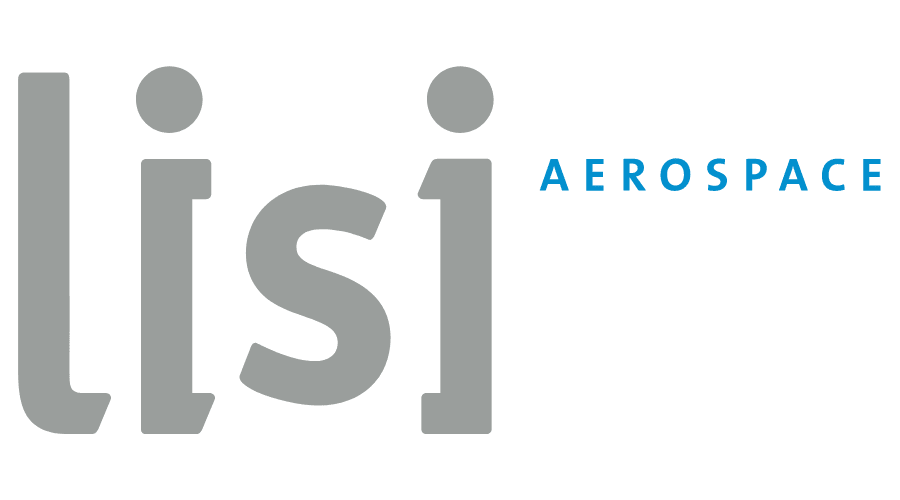-
StatusCompleted
-
Status date2021-07-30
-
Activity Code4D.044
On current spacecraft, thermal buses, consisting of layered heat pipes networks, collect and convey the heat from the equipment to a radiator honeycomb panel. Yet, the succession of HPs crossings and couplings entails an important thermal gradient between equipment and radiators. For years the proposed team has worked on new two-phase thermal control solutions using additive manufacturing and standard AGHP to decrease this thermal gradient. Yet, the solutions suffer from the fact that their footprint on the equipment is limited. A solution to increase the contact area consists of using the third dimension: lateral faces of the equipment.
The main objective of this project is to develop a 3D heat pipe using ALM techniques, hydraulically connected to a standard AGHP132, in order to significantly reduce thermal gradients from the equipment unit to the radiator panel. It is characterized as in “3D” since it is interfacing equipment’s face, and not its baseplate. Also, the 3D ALM HP will collect the heat on the electronic unit side which will help reducing the gradient in the electronic box. This entails the need to operate in gravity conditions, since the thermal control on equipment’s must be tested in ground tests such as thermal vacuum.
The product 3D thermal IF is characterized as in “3D” since it is interfacing equipment’s face, and not its baseplate. One of the main challenges of this project was to manufacture ALM porous with very small pore size (<50µm) in order to be compliant with the requirement of working under gravity condition up to 15cm to collect the heat on the electronic side.
The existing two-phase thermal control development using additive manufacturing and standard AGHP (two phase structure composed of standard AGHP connected with ALM capillary nodes, widened evaporation sections and finally AGHP connected to cross sections and to widened evaporation sections) allowed extracting more power from the electronic and to transfer this power with a limited gradient due to HP crossings through surface mounted and embedded HP. However, these solutions suffer from the fact that their footprint on the equipment is limited.
A solution to increase the contact area consists of using the third dimension: lateral faces of the equipment. This is the main objective of the project 3D thermal IF, which will collect the heat on the electronic unit side and help reducing the gradient in the electronic box.
The Engineering Model developed in this project is composed of 4 ALM 3D Thermal IF structure (welded to AGHP132), bonded to a radiator aluminum panel, and bonded to 4 dummy equipment interfaces with heaters.
The 3D ALM HP will collect the heat on the dummy electronic unit side, and will evacuate the heat dissipation to the cold source (radiator aluminium panel) with a minimal temperature elevation thanks to the hydraulic link between the entire structure. The 3D thermal IF can work under gravity conditions, and under tilted configurations, up to 15cm.
The 3D Thermal IF is composed of an ALM manufactured porous (L200 x H150 x W 40 mm) with very small pore diameter, hydraulically connected to standard HP132, with working fluid ammonia. The porous part is the evaporator zone since it is connected to the high power unit (hot surface), and the AGHP132 is the condenser zone since it is connected to the radiator panel (cold surface).
The study logic is composed of two main phases. Phase 1 began with a review of requirements and a literature & ALM technology review in order to propose an AM process and material trade off, which has been validated through ALM porous samples manufacturing and testing. Phase 1 will end up with a tradeoff and concept review. In phase 2, the detailed design of the engineering model has been developed together with performance predictions. Then, the engineering model has been manufactured and tested, in order to validate the performance.
Ambient & TVAC thermal tests have been performed on the Engineering Model of the 3D thermal IF : the well-functioning of the porous part against gravity to its top (height=15cm) was observed, and the maximum power applied with a working porous part was good and higher to the value expected through pressure loss calculations.
In conclusion, this project demonstrates that thermal performances can be improved using 3D printing technologies for designing and manufacturing innovative electronic box interfaces. Future developments will help to get a better understanding of the fine prediction and functioning of such intricate structures.




